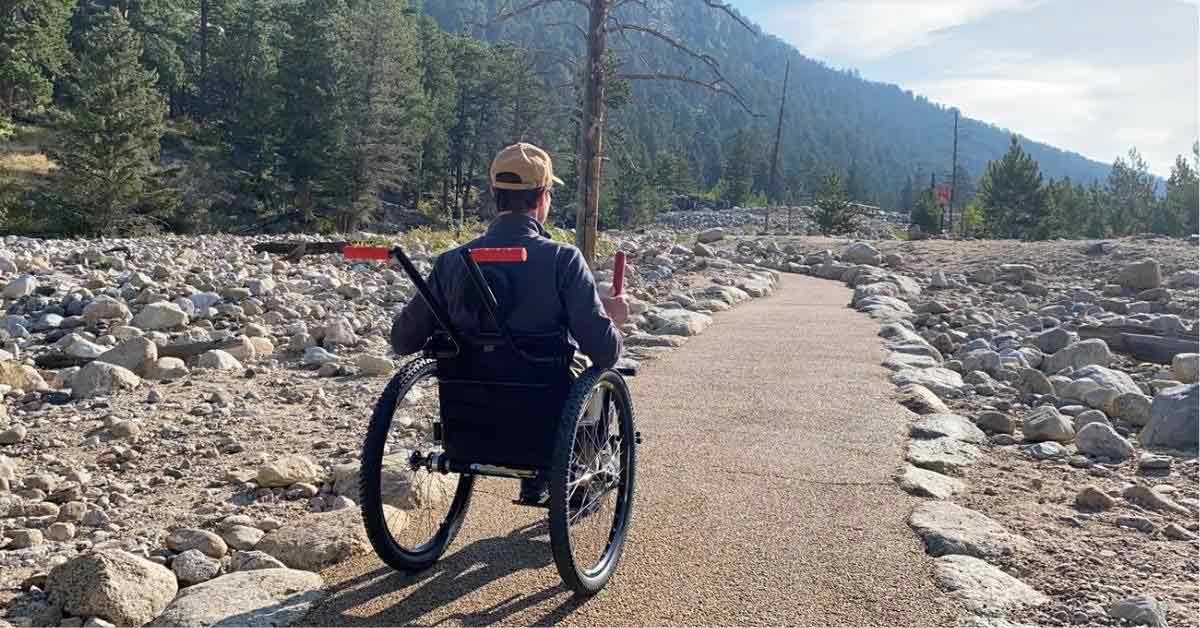Exploring one of the United States’ 400+ national park sites is an adventure that should be for everyone. After all, advocates have fought tirelessly to keep public lands in public hands, especially in recent months.
But the American public is notably a diverse group, and one demographic is often left behind when it comes to outdoor excursions: Disabled visitors.
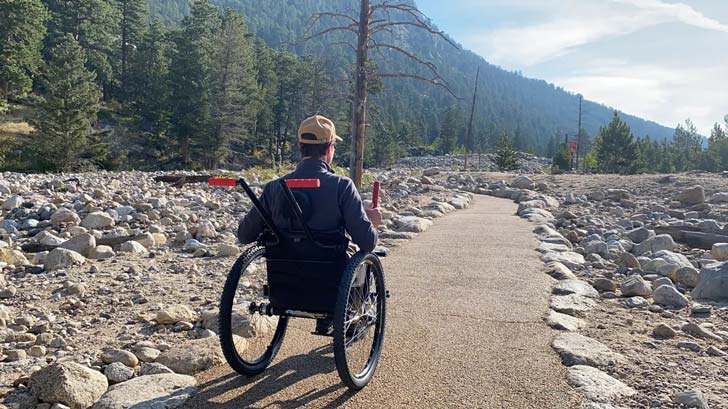
Fortunately, even amid record budget cuts and funding shortages in the National Park Service, things are changing.
As of today, about 28 national park sites offer adaptive equipment and mobility devices for visitors to check out for free when they visit. But one especially popular location, Rocky Mountain National Park, has recently announced an expansion of its accommodations.
These upgrades include new accessible picnic tables, an accessible bus to transport visitors across the park, and free all-terrain wheelchairs. In the face of federal funding cuts, these changes were made possible by the support of the Rocky Mountain Conservancy, the nonprofit arm of this NPS site.
“Each year, the Conservancy supports accessibility projects to research, create, and promote accessible experiences,” a summer newsletter from the nonprofit shared. “Each project continues our long-standing commitment to creating ways for all people to experience the wonders of our park.”

The first upgrade is the new Accessible Field Institute Bus, which includes two wheelchair spaces, a wheelchair lift, and 12 standard seats, for 15 visitors to ride around the park. These buses transport visitors as they learn about the native flora, fauna, history, and geology in Rocky Mountain National Park.
“We’ve long dreamed of having a wheelchair accessible bus for our Field Institute, and this winter, the R.C. Kemper Charitable Trust and Foundation made that dream a reality,” the Conservancy’s newsletter shared.
“This season, we have expanded our educational access to offer courses to individuals with mobility challenges who have previously been unable to take full advantage of education programs.”
Accessible picnic tables also aim to make the park’s campsites more inclusive for visitors. Plus, aging picnic tables across the park were in dire need of an upgrade. About 130 failing tables will be replaced with designs that comply with accessibility standards and will be made of reinforced concrete to last even longer.
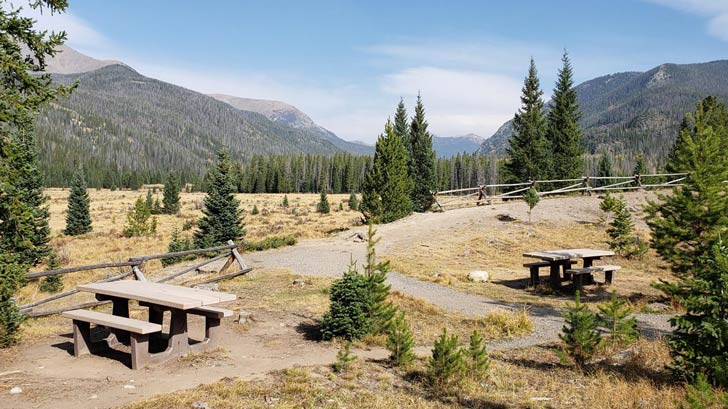
Perhaps most exciting for adventurers is the purchase of three GRIT all-terrain wheelchairs, now making a fleet of four chairs available for visitors to check out. They can be accessed through the Estes Park Mountain Shop and used inside the park and around the surrounding Estes Park area.
“The people who rent GRIT wheelchairs are able to experience Rocky in a way that would not be possible without them,” said Zach Zehr, owner of the Estes Park Mountain Shop, in the newsletter.
“Adding these additional chairs more than doubled our fleet, and my hope is we always have a chair available to rent in the future.”
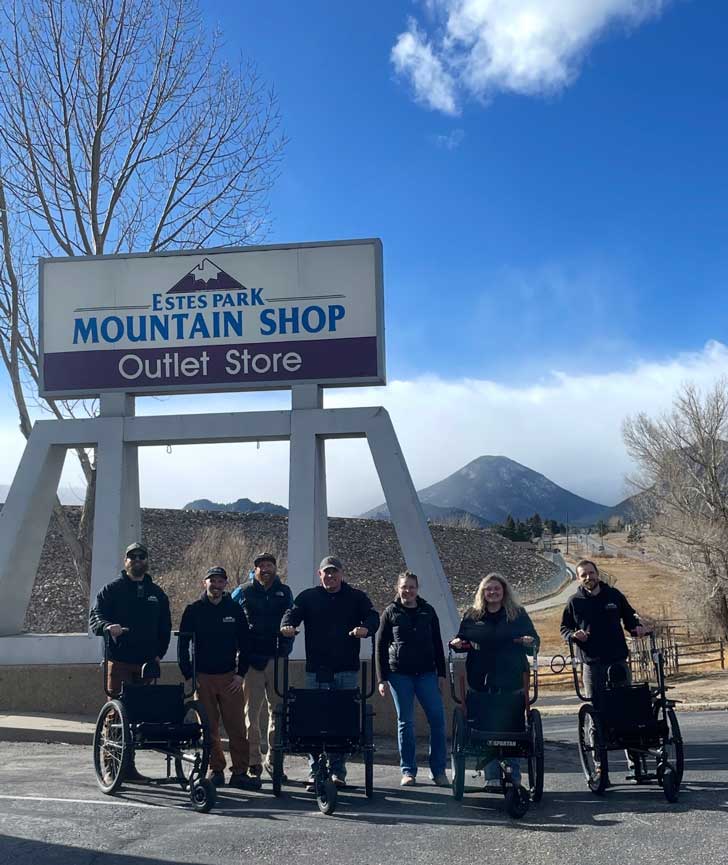
Along with this new supply of wheelchairs, the park’s education team also purchased a wheelchair sledge earlier this year, which allows students in wheelchairs to attend winter field trip programs in snowy terrain.
Essentially, the sledge provides a platform and skis with an adjustable brake so individuals can maintain control over rocky and snowy areas.
“It accommodates most manual wheelchairs and allows users to remain in their personal mobility devices without the need for transfers,” the Conservancy newsletter explained. “After the education team trained and practiced with the sledge, the team used the sledge on Conservancy-funded snowshoe field trips with elementary students this winter.”
In the future, Rocky Mountain National Park will also be creating an accessibility guide for the park, which has been “in the making for years,” according to the newsletter.
The Conservancy has funded the cost of accessibility evaluations, planning, and equipment, and the accessibility guide will offer a “know before you go” guide to the park, including location information, amenities, and any information that would be helpful to disabled visitors.
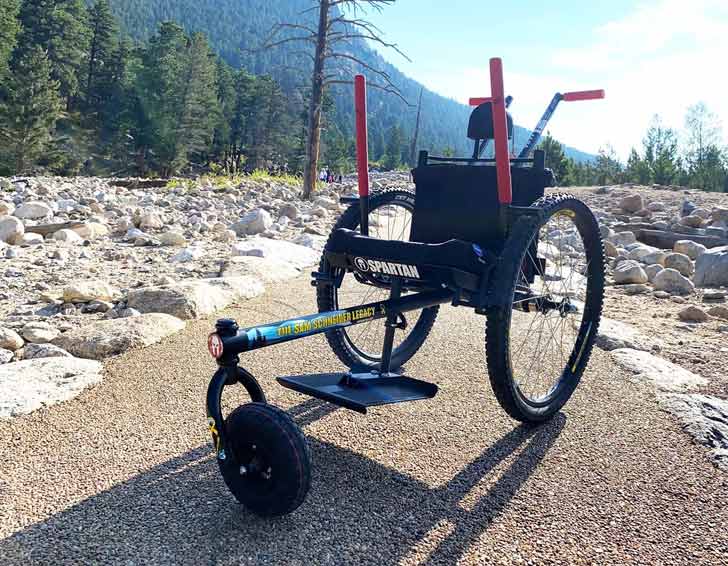
Organizers aim for the project to be completed in May of 2026. Once completed, it will be available in several formats, including PDF and print, braille, large-print, and an audio description with a written transcript.
A major advocate of national park accessibility is Quinn Brett.
“I worked as a climbing ranger here at RMNP for many seasons doing search and rescue,” Brett told 9News in Denver.
“In 2017, I fell while rock climbing in Yosemite National Park and broke my back. That left me paralyzed — and a person that uses a wheelchair.”
Now, she gets to see her home park make accessibility a priority.
“Realizing that there’s a lot of places in our national parks — the opportunities we’re providing are not really widespread,” she said.
This kind of progress has been years in the making, and does not seem to be slowing down due to new funding barriers anytime soon.
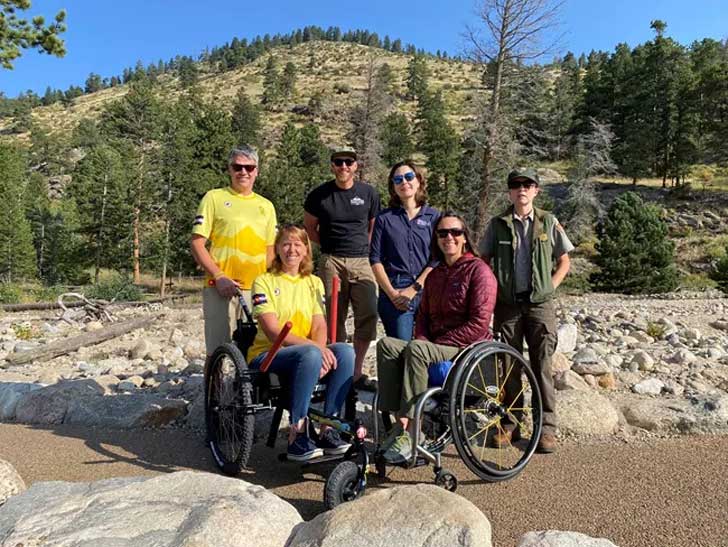
“After I was injured in 2017, I returned to the National Park Service in a unique role. I’ve been educating on the type of mobility devices out there, opening doors for us to explore and be recreationally more adaptive on our trails in national parks,” she wrote for Outside in 2023.
“I’m gonna be an advocate louder than I can be for people with disabilities recreating in our national parks and in our public lands … Let’s amp it up, man. We got places to go, things to do.”
For the organizers behind these specific improvements in Rocky Mountain National Park, the responsibility is a serious one.
Kaci Yoh, the communications manager for the Conservancy summed it up: “Our job is to steward the park for everyone,” she said, “forever.”
You may also like: Federal budget cuts are impacting national parks. Here are 5 ways you can help
Header image courtesy of NPS Photo
